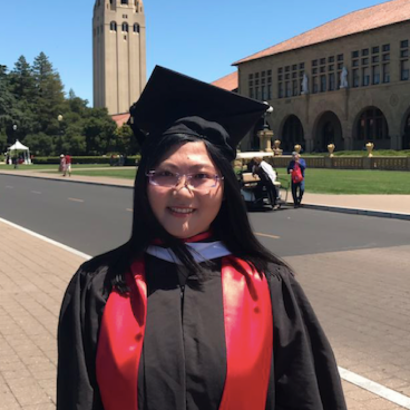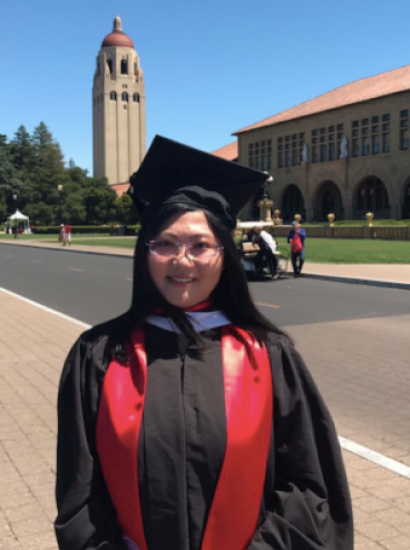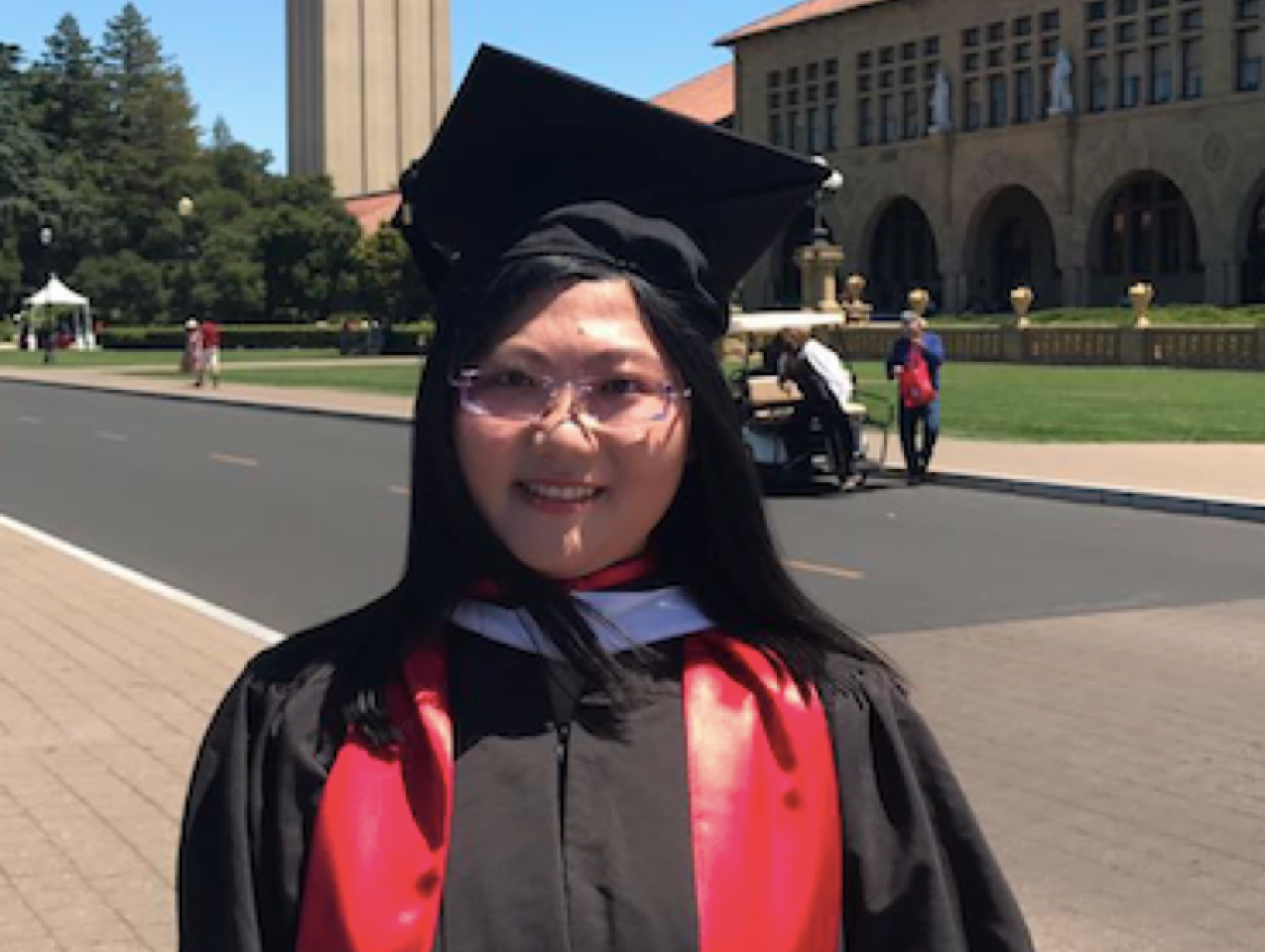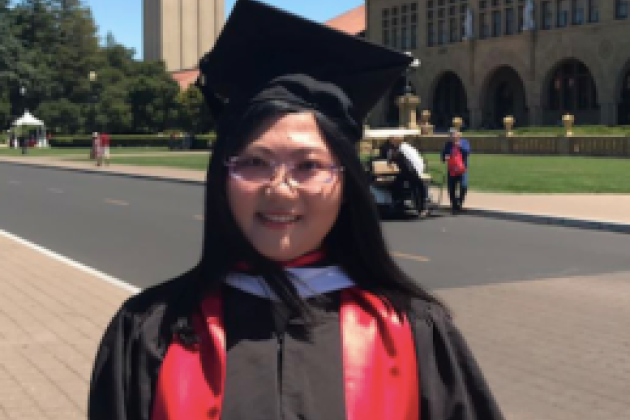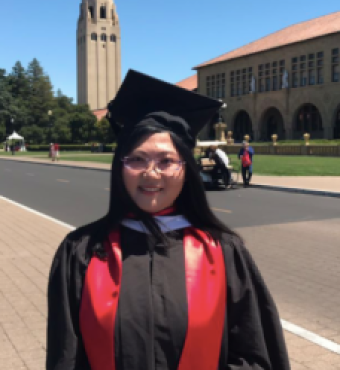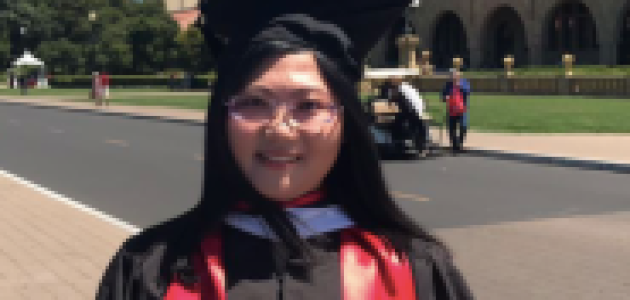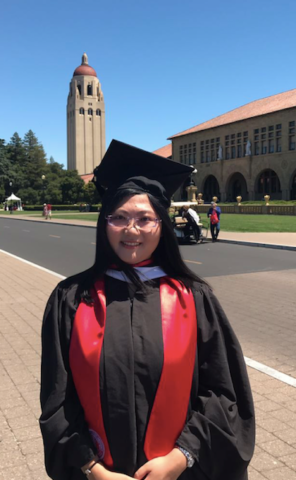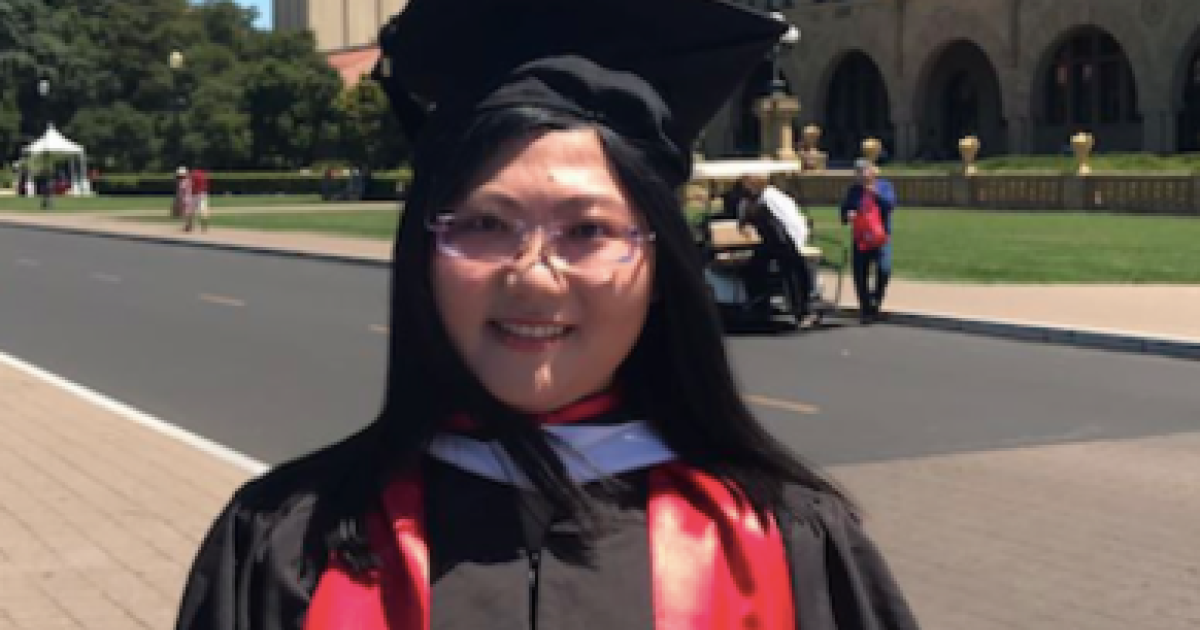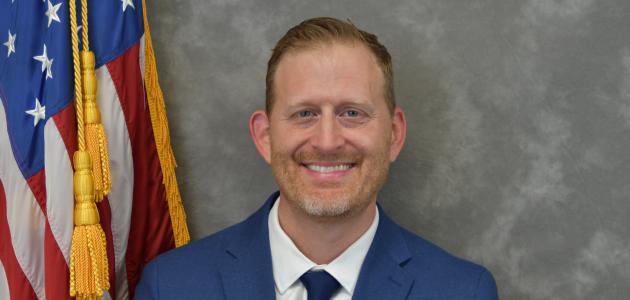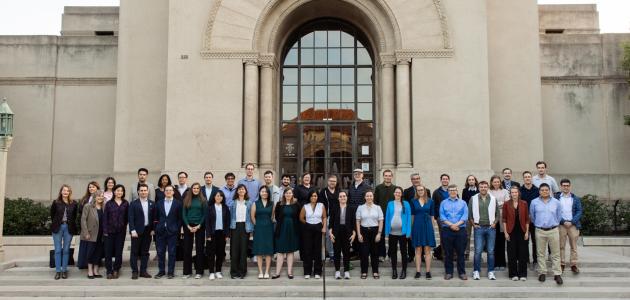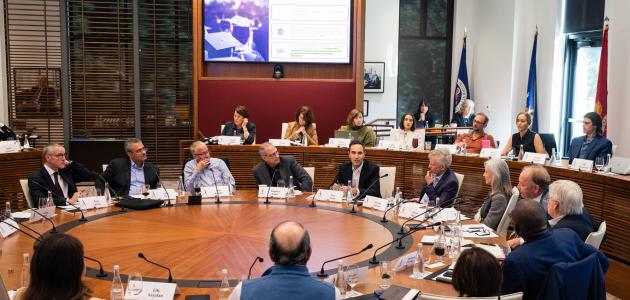By Xiaolin Zhao
More than a century ago, the first contingent of students supported by the Qing government of China, landed in the U.S in 1872. Though the program was abandoned in 1881, the U.S. witnessed the second wave of Chinese students starting in the 1900s when the U.S. started to support Chinese students’ education in the U.S. from the returned Boxer Indemnity. After that, thousands of Chinese students travelled to the U.S. for higher education either assisted financially by the Chinese government or on their own. Many of them finished their PhD degrees in Ivy League schools, such as Columbia University and Cornell University, and became experts in their fields. How did the American media depict these students when they were studying in the U.S.? Did the American people obtain a better understanding of China and Chinese from these students? In the eyes of Americans, what were the changes in Chinese students’ images over 60 years from the first group of students to the later ones in the first part of 20th century? In my research, I examined the way American media depicted Chinese students and how these images evolved from 1881 to 1938.
With the help of digital archives of newspapers reporting Chinese students, and first-hand materials in the Hoover Institute, especially from the archives of Chinese Subject Collection 1918-2011, Lowe (Pardee) papers 1911-1995, American Council on Education Records 1918-2011, Flora Bella Jean, and Wittfogel (Karl A.) Papers 1728-1992, I discovered that the most popular topics of Chinese students from the U.S. mainstream newspapers were Chinese students’ meetings, their religions, their needs of aid, students’ political involvement, and students’ theatrical performances from 1909 to 1938. During this period, the American media assumed a quite positive attitude towards Chinese students who were studying in the U.S. because of the American “missionary mentality”, future interests in the China - U.S. relation, and a demand for a respectful international image. The influence of the reports on the Chinese students’ movement in the U.S. was profound and far-reaching. The positive attitude from the media not only reshaped the image of Chinese in the eyes of Americans, but also influenced future U.S. – China relations. For example, from the depiction of the engagement in politics of Chinese students in the U.S., American media generously highlighted students’ patriotism, braveness and nationalism. This depiction of Chinese students changed the stereotyped image of Chinese coolie and laborers among ordinary Americans, as well as improved their knowledge about China and Chinese people.
I am extremely grateful to Hoover Institute who provided me with the Silas Palmar Fellowship that supported my research. I also want to thank the entire Hoover staff that helped me with my stay in the institution. I was very impressed by their patience and professionalism whenever I was in need of their help during my research. They gave me detailed instructions of how to call for collection and how to have access to the archives related to my research. I had a wonderful experience as a Silas Palmer Fellow. I wish to work in the Hoover Institute again for my other academic research in the future.





